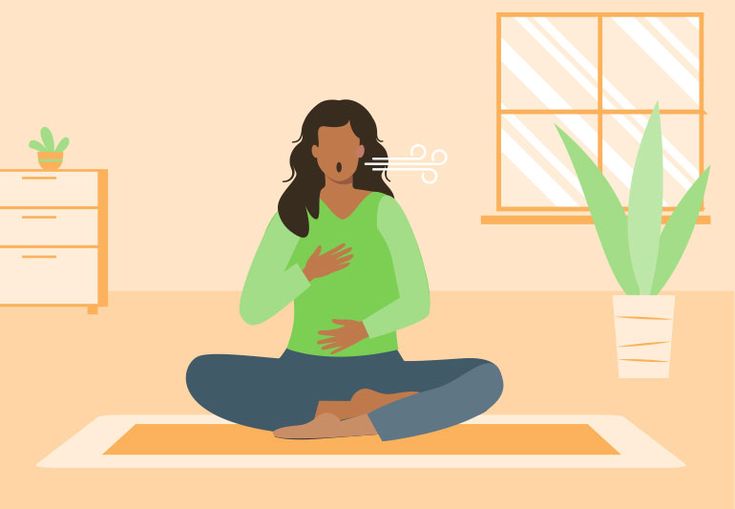Breathing is a fundamental physiological process essential for life. However, understanding the science behind breathing techniques and oxygen absorption reveals how intentional breathing can improve health, enhance oxygen uptake, and support overall well-being.
What Is Breathing and Ventilation?
Breathing refers to the mechanical process of moving air into and out of the lungs, while ventilation is the exchange of gases—oxygen and carbon dioxide—between the lungs and the environment. Although often used interchangeably, breathing is the physical act, whereas ventilation describes the gas exchange process.
Dr. Barbara O’Neill explains that the lungs help in breathing by expanding and contracting the chest cavity, which draws oxygen-rich air into the alveoli. This process ventilates the lungs, allowing oxygen to diffuse into the bloodstream and carbon dioxide to be expelled.
How Does Oxygen Absorption Occur?
Oxygen absorption occurs primarily in the alveoli—tiny air sacs within the lungs. Here, oxygen diffuses across the alveolar membrane into the blood capillaries due to concentration gradients. This oxygen binds to hemoglobin in red blood cells, allowing efficient transport to body tissues.
The oxygen absorption mechanism is influenced by factors such as lung capacity, the integrity of alveolar membranes, and the rate of blood flow. Effective oxygen absorption is critical for cellular respiration, the process by which cells generate energy by burning nutrients using oxygen.
Breathing Techniques and Their Role in Oxygen Absorption
Breathing techniques can significantly impact oxygen uptake and overall respiratory efficiency. Different methods, from deep diaphragmatic breathing to paced breathing exercises, optimize lung ventilation and improve oxygen delivery.
Common Breathing Techniques Include:
- Diaphragmatic Breathing: This technique focuses on engaging the diaphragm rather than shallow chest breathing, increasing lung capacity and oxygen absorption.
- Box Breathing: Involves inhaling, holding, exhaling, and pausing for equal counts, which promotes relaxation and controlled oxygen intake.
- 4-7-8 Breathing: A calming method where you inhale for 4 seconds, hold for 7, and exhale for 8, improving oxygen exchange and reducing anxiety.
Dr. Barbara O’Neill highlights how such techniques improve the body’s oxygen absorption efficiency by ensuring deeper lung ventilation and enhanced gas exchange.
Difference Between Breathing and Ventilation
A key distinction is that breathing is the physical movement of air into and out of the lungs, whereas ventilation is the process by which oxygen is absorbed and carbon dioxide is expelled. In trauma or respiratory illness, managing both breathing and ventilation is critical for sustaining life.
The Connection Between Breathing and Burning
Breathing supports burning in the body by supplying oxygen necessary for cellular respiration—the biochemical process cells use to convert nutrients into energy. Without adequate oxygen, cells cannot efficiently burn fuel, leading to fatigue and poor performance.
How to Improve Oxygen Absorption Through Breathing
Optimizing oxygen absorption involves both proper breathing techniques and lifestyle choices:
- Practice deep, slow breathing to maximize alveolar ventilation.
- Avoid rapid, shallow breaths that limit oxygen uptake.
- Incorporate breathing exercises into daily routines to enhance lung function.
- Address any underlying lung problems that may impair breathing or oxygen absorption.
Scientific Insights Into Breathing and Oxygen Absorption
A recent study published in Respiratory Physiology & Neurobiology (2022) confirms that intentional breathing techniques improve oxygen saturation in the blood and reduce stress hormone levels. This enhances cellular function and overall energy metabolism.
Dr. O’Neill also stresses that breathing is an example of both ventilation and diffusion processes, governed by gas laws like Henry’s law and Dalton’s law, which describe how gases dissolve in liquids and mix under pressure, respectively.
Breathing and Ventilation in Special Contexts
Breathing techniques are widely used for managing anxiety, improving athletic performance, aiding sleep, and facilitating labor. Proper breathing and ventilation management help regulate oxygen supply during these critical situations.
For instance, during exercise, controlled breathing improves oxygen delivery to muscles, boosting endurance. During anxiety or panic attacks, calming breathing methods reduce hyperventilation, stabilizing oxygen and carbon dioxide levels.
Conclusion
Understanding the science behind breathing techniques and oxygen absorption reveals how we can harness this vital process to improve health. Whether through mindful breathing exercises or addressing respiratory challenges, enhancing lung ventilation and oxygen uptake supports energy production, reduces stress, and promotes overall wellness. As Dr. Barbara O’Neill advocates, mastering breath control is a simple yet powerful tool for better physical and mental health.



